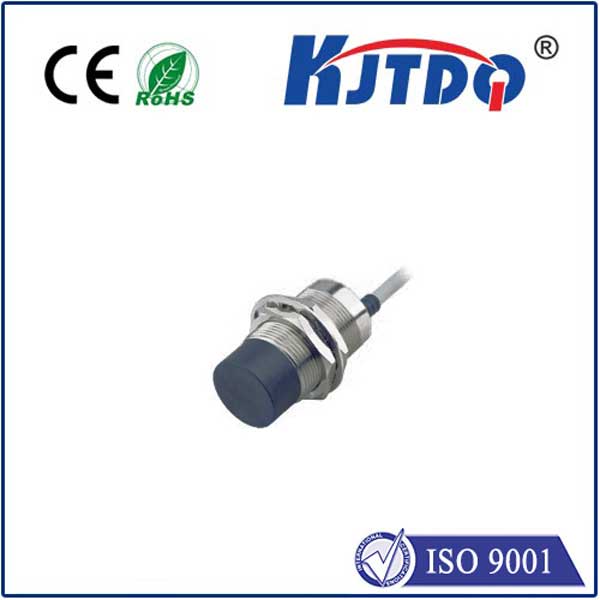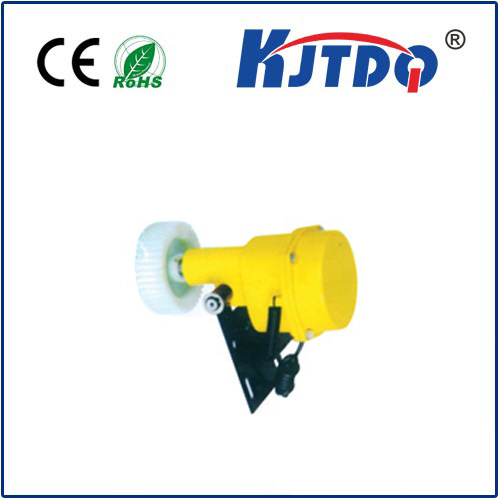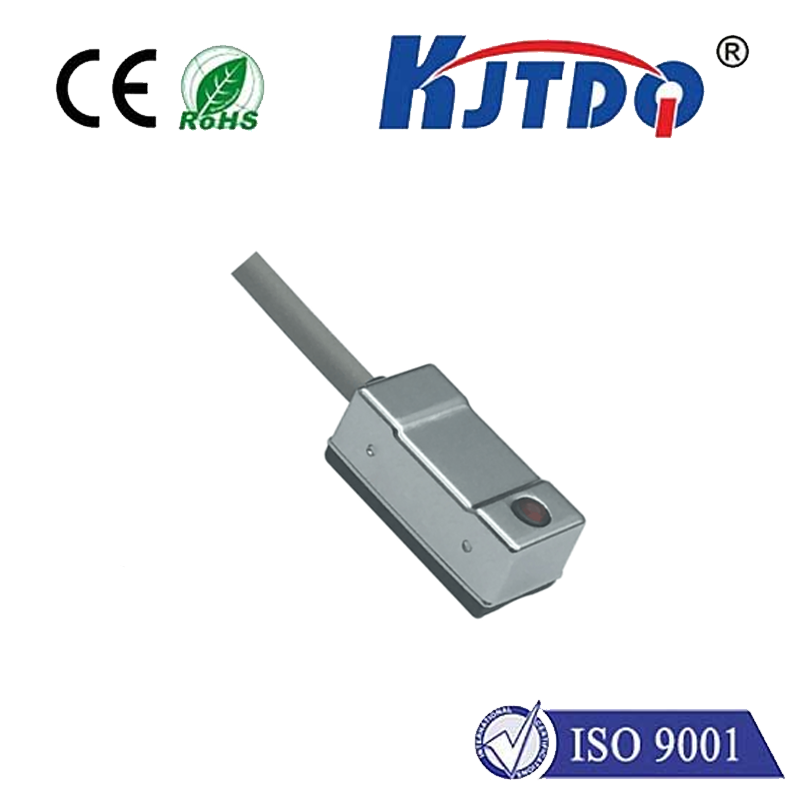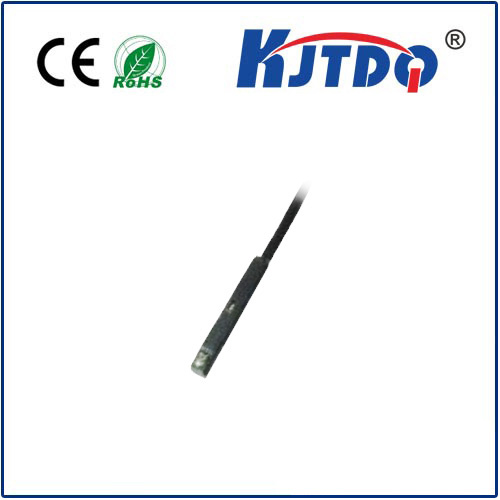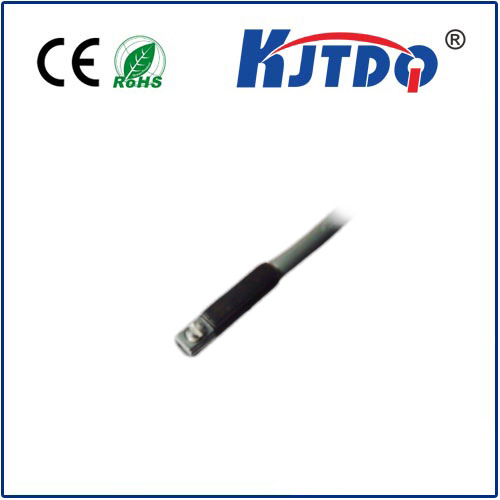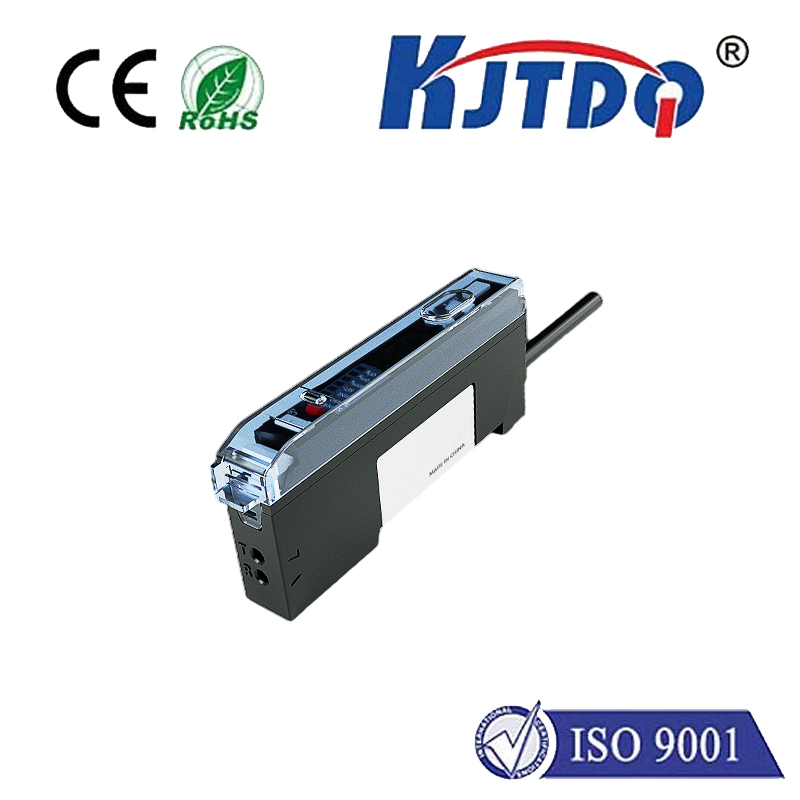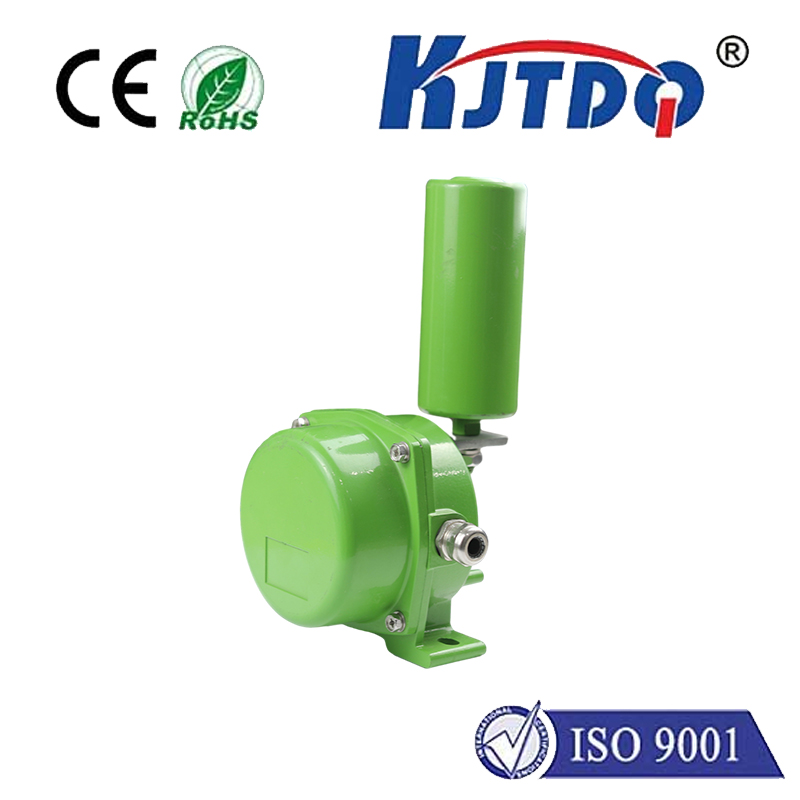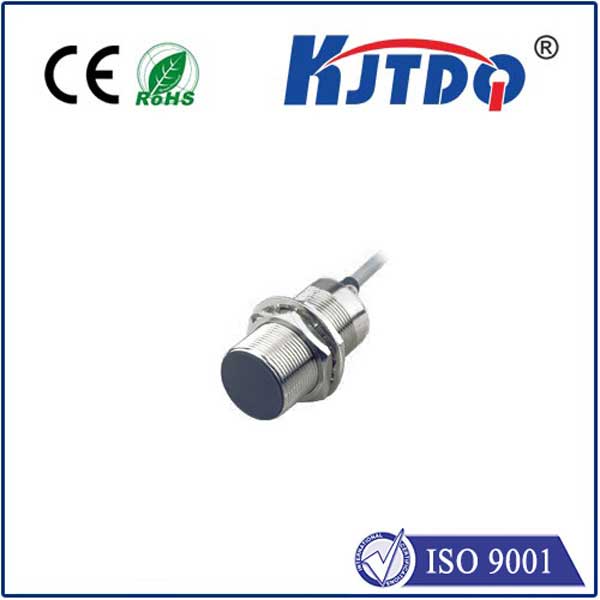m12 proximity sensor switch
- time:2025-09-06 00:58:52
- Нажмите:0
M12 Proximity Sensor Switches: The Compact Powerhouses of Industrial Sensing
In the bustling world of industrial automation, where precision, reliability, and space constraints reign supreme, the humble M12 proximity sensor switch proves itself an indispensable component. These rugged, compact devices silently perform millions of detections, triggering actions without physical contact, ensuring machinery operates smoothly and efficiently. If you’ve encountered metal parts on a conveyor, robotic arms moving with uncanny accuracy, or automated assembly lines humming along, an M12 sensor was likely orchestrating part of the dance. Understanding their function and versatility is key to optimizing countless industrial processes.
Decoding the M12 Proximity Sensor Switch
The name itself reveals its core characteristics:
- M12: This refers to the standardized threaded barrel diameter of 12 millimeters. This compact size makes them ideal for installations where space is limited, while the threaded design allows for quick, secure mounting and adjustment.
- Proximity: These are non-contact sensors. They detect the presence (or absence) of a target object within their sensing range without needing to touch it. This eliminates mechanical wear and tear, significantly boosting longevity and reliability compared to mechanical switches.
- Sensor: They are electronic devices, primarily using inductive sensing technology for metallic targets (ferrous and non-ferrous). Some M12 variants use capacitive, ultrasonic, or photoelectric principles for non-metallic objects.
- Switch: Their core function is to act as a switch. When a target enters the sensing field, the sensor’s internal electronic state changes, typically opening or closing an electrical circuit. This switch signal is used by controllers (PLCs) to make decisions – start a motor, stop a conveyor, count parts, confirm positioning, etc.
How Does an M12 Inductive Proximity Sensor Work?

The most common type, the inductive M12 sensor, operates on electromagnetic principles:
- An oscillator generates a high-frequency electromagnetic field at the sensor’s active face.
- When a metallic target enters this field, eddy currents are induced on the target’s surface.
- These eddy currents draw energy from the oscillator circuit, causing its amplitude to decrease.
- A monitoring circuit detects this amplitude change.
- The sensor’s solid-state output switch (e.g., a transistor) changes state (e.g., turns ON or OFF).
- This state change is the signal sent back to the control system.
Key Features Defining M12 Sensor Performance
- Sensing Range: Specifies the maximum distance at which a standard target can be reliably detected. M12 inductive sensors typically offer ranges from 2mm up to 8mm, sometimes more for specialized models. Choosing the right range is crucial for avoiding false triggers or missed detections.
- Output Type: Critical for compatibility with your control system:
- PNP (Sourcing): The switch provides a positive voltage (+) to the load when active.
- NPN (Sinking): The switch connects the load to ground (0V) when active.
- Normally Open (NO) / Normally Closed (NC): Defines the switch’s resting state when Нет! target is present.
- Connection: M12 sensors almost universally feature a built-in M12 threaded connector, typically with 4 pins (though 3-pin and 5-pin versions exist). This standardized plug-and-play connection simplifies wiring and maintenance. Cables often terminate in the opposite M12 plug or bare wires.
- Environment Rating: IP67 and IP68 ratings are standard for quality M12 proximity sensors. This means excellent protection against dust ingress (IP6x) and protection against the effects of temporary (IP67) or continuous (IP68) immersion in water. This ruggedness is essential for harsh factory floors, washdown areas, and outdoor applications.
- Housing Material: Stainless steel (particularly for the sensing face) or nickel-plated brass are common, offering corrosion resistance and mechanical durability.
- Shielded vs. Unshielded:
- Shielded (Flush Mountable): The sensing field is focused primarily outwards from the front face. This allows them to be mounted flush in metal without the surrounding metal interfering significantly.
- Unshielded (Non-Flush Mountable): Have a larger, more extended sensing field. They must have clearance around them and cannot be mounted flush in metal, as the metal mount would trigger them. They often offer a slightly longer sensing range.
Why Choose an M12 Proximity Sensor Switch? The Compelling Advantages
- Unmatched Reliability: No moving parts means virtually infinite mechanical life. They are immune to dirt, oil, moisture (within their IP rating), and vibration that would quickly destroy mechanical switches.
- High Speed Operation: Capable of detecting targets moving at very high speeds – often switching frequencies in the hundreds of Hertz or even KHz range.
- Long Service Life: The solid-state design and robust construction ensure years of trouble-free operation.
- Compact Size: The M12 form factor is incredibly space-efficient, fitting into tight machine designs where larger sensors simply cannot go.
- Simple Installation & Maintenance: Standardized threading (e.g., M12 x 1) and M12 connectors make mounting and wiring straightforward. There’s no mechanical adjustment needed beyond positioning for the correct sensing distance.
- Многогранность: Available for a vast range of target materials (metal via inductive, liquids/plastics via capacitive, etc.), output types (PNP/NPN, NO/NC), voltage ranges (commonly 10-30V DC), and connector styles.
- Cost-Effectiveness: Their longevity and reduced downtime due to failure translate into significant operational cost savings over time.
Ubiquitous Applications: Where M12 Sensors Shine
The applications for M12 proximity sensor switches are virtually endless across manufacturing and automation:
- Position Detection: Confirming cylinders are retracted/extended, verifying parts are in place before machining, detecting end-of-travel on linear slides. Precision position feedback is fundamental.
- Object Detection & Counting: Detecting parts on conveyors, counting bottles/cans/packages, verifying presence of components in fixtures or pallets.
- Speed Monitoring: Counting teeth on gears or detecting markers on rotating shafts to calculate RPM.
- Level Sensing: Detecting the presence/absence of metal parts in bins or hoppers (inductive).
- Machine Safety: Used as part of safety interlock systems (in conjunction with safety relays/PLCs) to confirm guards are closed.
- End-of-Arm Tooling (EOAT) on Robots: Confirming gripper closure, part presence in the gripper, or tool changes. Their compact size is ideal for robotic applications.
- Packaging Machinery: Controlling capping, labeling, filling, and case packing operations.
Selecting the Right M12 Proximity Sensor
Choosing effectively involves asking key questions:
- What material is the target? Metal -> Inductive. Non-Metal -> Capacitive or Photoelectric.
- Required Sensing Distance? Choose a sensor whose rated range is slightly Больше. than your actual application gap to account for tolerances.
- Output Type Needed? PNP or NPN? NO or NC? This must match your PLC or controller input.
- Mounting Constraints? Space for unshielded, or need flush mounting (shielded)? Metal surroundings?
- Environmental Factors? Exposure to washdown, chemicals, extreme temperatures? Requires specific IP rating or special housing material (e.g., stainless steel).
- Electrical Requirements? Voltage supply


